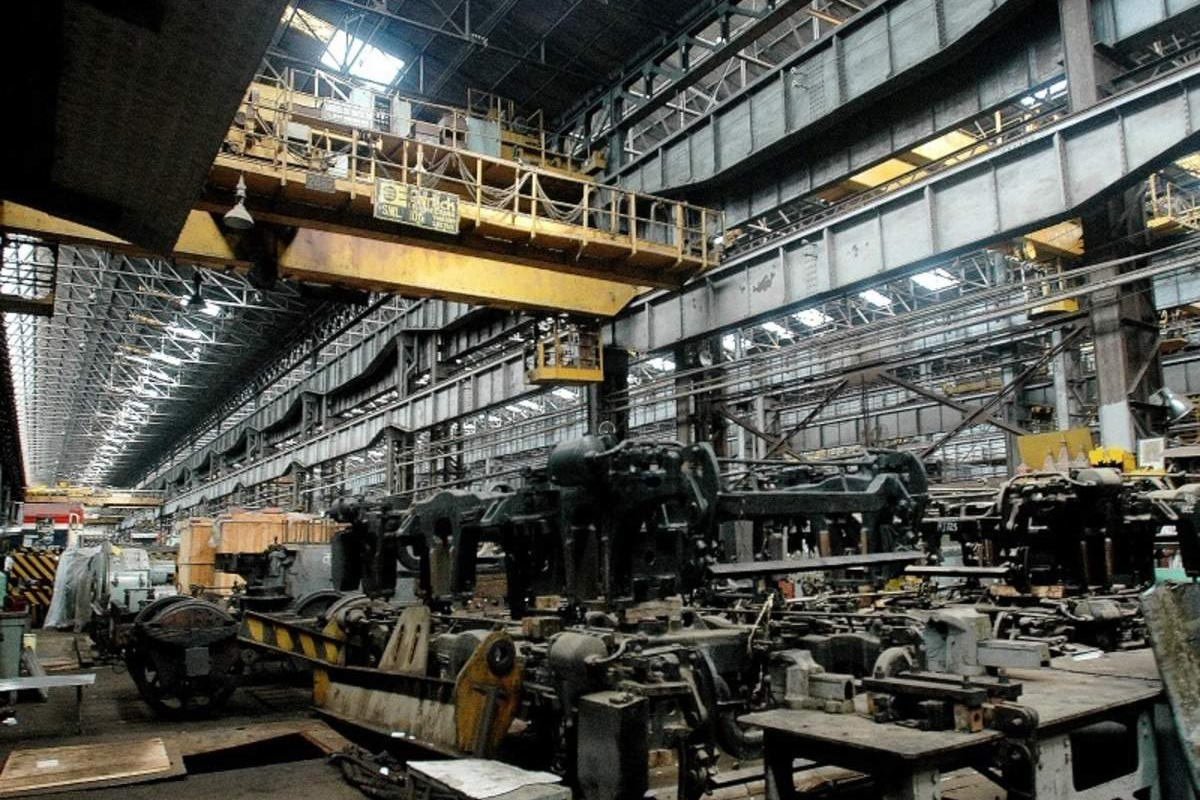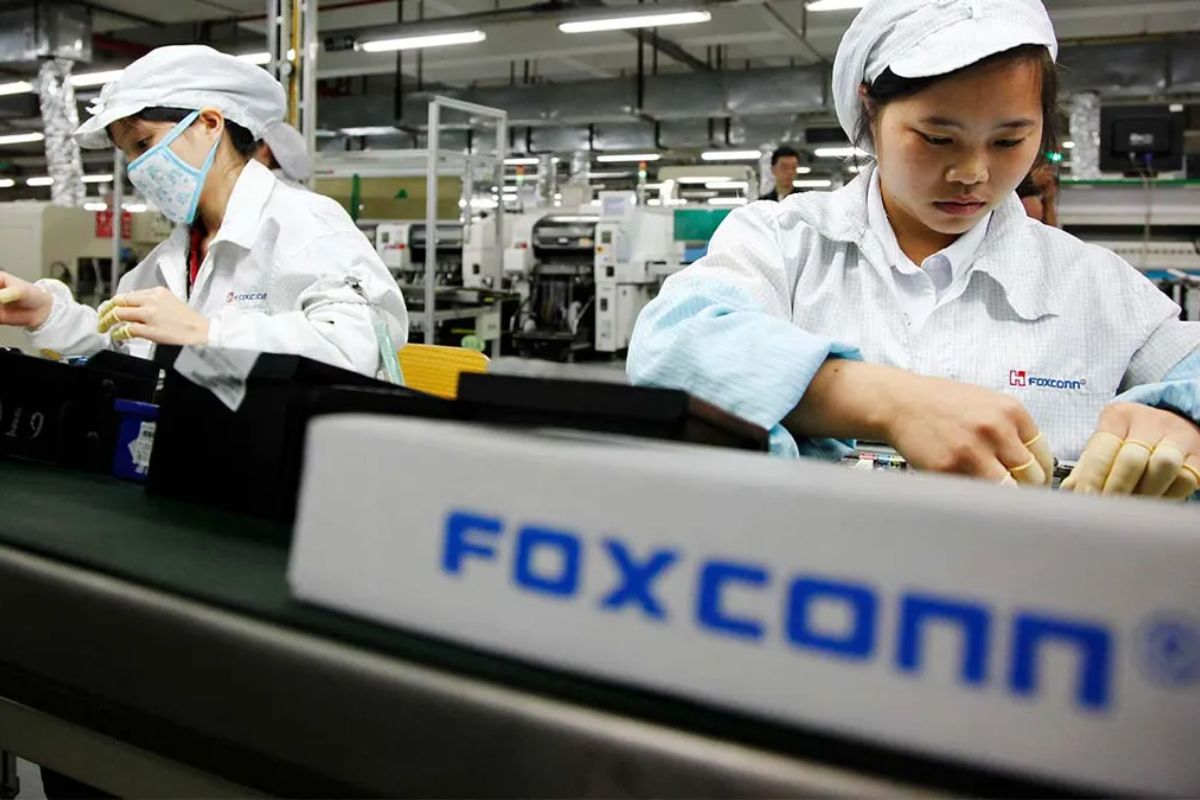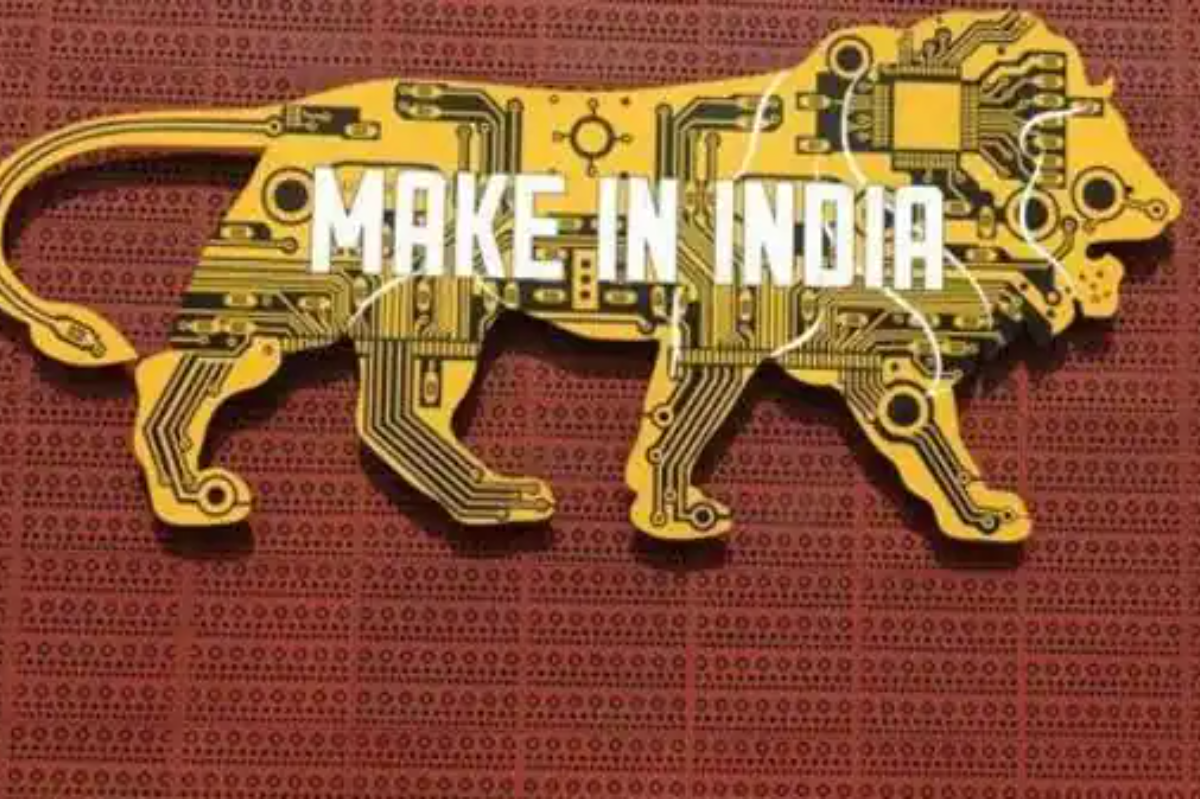India Is Now China’s Manufacturing Competitor.
Indian manufacturing is still a modest portion of the country's overall economy.

With China serving as the world’s factory floor, Western firms are desperately searching for a replacement- a strategy known as “China plus one.”
India is actively pursuing the plus-one position. Only India’s labour force and domestic market are comparable in size to those of China. According to the United Nations, India may have the greatest population in the world, according to the Wall Street Journal.
Democratic India is a natural partner for Western nations, and the Indian government has worked to improve the economic climate.
With Apple’s decision to considerably increase iPhone production in India, including hastening the creation of its most advanced model, it achieved a victory. The expansive industrial parks in Sriperumbudur, a city in the southern state of Tamil Nadu, show signs that India is evolving, according to WSJ.
For many years, foreign manufacturers in this area have produced cars and goods for the Indian market. Multinational companies looking for an alternative to China have now joined them. These companies produce anything from toys and apparel to solar panels and wind turbines.
One of the biggest producers of wind turbines in the world, Vestas of Denmark, constructed two new plants in Sriperumbudur in 2021. According to WSJ, the company’s six manufacturing lines are currently used to construct hub cells, power trains and other components that are stacked tall in a storage yard and sent around the globe.

Vestas’ growth was motivated by predictions that India would soon overtake the United States as the second-largest market for turbines. Charles McCall, senior director of Vestas Assembly India, who managed the growth, said it was also a deliberate move to diversify away from China, which housed the majority of its regional output, particularly following repeated lockdowns under Beijing’s zero-Covid policy.
It now includes some of Vestas’s suppliers. TPI Composites, an American contract manufacturer, moulds 260-foot-long turbine blades that frequently catch notice as they are transported through nearby roadways. Even though it is scaling back activities in China, it has greatly increased in India.
Eventually, according to McCall, who just departed the company, 85% of Vestas’ suppliers will be in India.
A growing number of circumstances have forced businesses to look for a backup. China’s wage costs were first on the rise, and the Chinese government was under pressure to provide its rivals access to technology.
After then, there were the Covid lockdowns from 2020 through last year, the tariffs placed on Chinese goods by President Donald Trump in 2018, and the current attempt by Western nations to disconnect their economies from China.
Other nations are vying to be the “plus one,” with Vietnam, Mexico, Thailand, and Malaysia being among the front-runners. India nevertheless has persistent issues that prevent it from being more than a minor participant in international supply chains. Its workforce is still primarily inexperienced and low-paid, its infrastructure is inadequate, and its business environment, including laws, can be onerous.
Is India now China’s manufacturing competitor?
Indian manufacturing is still a modest portion of the country’s overall economy.
According to data from the central bank, foreign direct investment into India doubled in less than ten years, from 2020 to 2022, reaching an average of USD 42 billion yearly.
The US and its allies have intensified efforts to lessen dependency on China ever since China announced a “no limits” friendship with Russia on the eve of the invasion of Ukraine last year. Through decreasing reliance on China, as part of “friend-shoring,” the US is “strengthening integration with our many trusted trading partners- including India,” according to Treasury Secretary Janet Yellen, who visited the country in February.
Apple is the firm that best represents the wager on India being the new China. For the production of its laptops, iPhones, and accessories during the past 15 years, the business established a cutting-edge supply chain that is virtually exclusively based in China. The entire Chinese manufacturing industry benefited from its presence.

The California-based corporation started producing its newest, flagship iPhone 14 here within weeks of its release last year. It has been assembling low-end iPhone models in India since 2017. By 2025, J.P. Morgan predicts India will produce a quarter of all Apple iPhones.
Officials in India believe that Apple’s presence will encourage others to visit. According to Piyush Goyal, minister of commerce and industry, “anchor companies very frequently set the trend.”
“We believe that this will send a strong signal to other companies in Europe, America, and Japan.” After many of its suppliers experienced production interruptions due to Covid lockdowns, Apple has been pressuring them to expand outside of China. Geopolitical tensions between the US and China, as well as between Beijing and Taiwan, the home of Foxconn Technology Group, Apple’s primary supplier, have been rising in the meantime.
At its current facility close to the Indian city of Chennai, Foxconn plans to increase the production of iPhones. According to those familiar with the situation, it plans to increase iPhone production to approximately 20 million units yearly by 2024 and almost triple the number of employees to up to 100,000.

A representative at Apple declined to comment. India has made strides in removing some obstacles to commerce. “Make in India,” a programme to promote manufacturing, was introduced by Indian Prime Minister Narendra Modi in 2014. India has hastened the building of railroads, airports, container shipping ports, and electricity generation while digitising many government functions.
Piyush Goyal cited India’s improvement in the ease of doing business rankings from the World Bank, the global innovation index from the World Intellectual Property Organisation, and an increase in the number of free trade agreements as proof that “we have now taken integrating ourselves with other countries far more seriously.”
Salcomp’s Indian workforce has grown six times since 2014 to 12,000, and it hopes to add 25,000 workers in the following two years.
The company’s site is sizable by Chinese standards but not yet by Indian norms, with 200 vehicles to carry employees and plans to construct 15,000 dorms. By Chinese standards, the factory produces a lot. Compared to its China facility, which produces roughly 180 million units annually, the facility produces about 100 million units annually.
India implemented “production-linked incentives” in March 2020, which directly subsidise certain products, starting with mobile phones and their components, medications, and medical equipment.

According to a Samsung India spokeswoman, the business is dedicated to supporting India as a partner and working to make the plan successful.
India has stronger trade unions than China does. In India than in China, the importance of labour unions is greater.
China pushed international businesses to establish supply chains in special economic zones that offered lower tariffs on imported parts and equipment. In contrast, “Make in India” raised import taxes to replace imports with locally produced goods.
An economist at New York University and a former deputy governor of India’s central bank stated that “India is protectionist in exactly those sectors, goods manufacturing, where the China+1 opportunity emerges.”
Proofread & Published By Naveenika Chauhan




